The 1968 Olympic Games in Mexico City may be most remembered not for an athletic accomplishment, but for a silent act of protest.
On October 16 of that year, two African American sprinters who placed first and third in the 200-meter dash – Tommie Smith and John Carlos – used their medal ceremony to make a statement. As the national anthem played, the two men raised black gloved fists in silent protest against racial discrimination in the United States. Smith raised his right first to represent black power; Carlos raised his left to indicate black unity. They wore black socks and no shoes to signify black poverty in America. Smith wore a black scarf around his neck to represent black pride; Carlos wore a string of beads around his neck in memory of those who were lynched.
Two days later, Smith and Carlos were expelled from the Olympic village and were banned from participating in future Olympic Games. The men returned home to intense criticism for the perceived disrespect shown by the protest, but were hailed as heroes to the African American community.
As time passed, the symbolic importance of their protest came to be more widely recognized and the image of the men with fists in the air and heads bowed is one of the most enduring symbols of the American civil rights struggle.
The other medalist awarded in that ceremony, Australian sprinter Peter Norman, supported the protest. Along with Smith and Carlos, Norman wore a small badge over his heart for the Olympic Project for Human Rights, an organization opposing racism in sports. He also returned home a pariah and, despite being ranked fifth in the world and qualifying for the 1972 Munich Olympic Games, he was denied a spot on the Australian Olympic team. In 2012, a posthumous apology was issued by the Australian Parliament for the treatment Norman received after the 1968 games.
Hosted by the late D’Army Bailey, Moments in Civil Rights History is produced in collaboration with the Equal Justice Initiative and is part of Comcast NBCUniversal’s “His Dream, Our Stories” project. Visithttp://www.HisDreamOurStories.com for more Civil Rights History, first-hand accounts from those who led, participate in or benefited from the Movement, or to share a civil rights story of your own (or that of a loved one).
via Youtube Channel
source


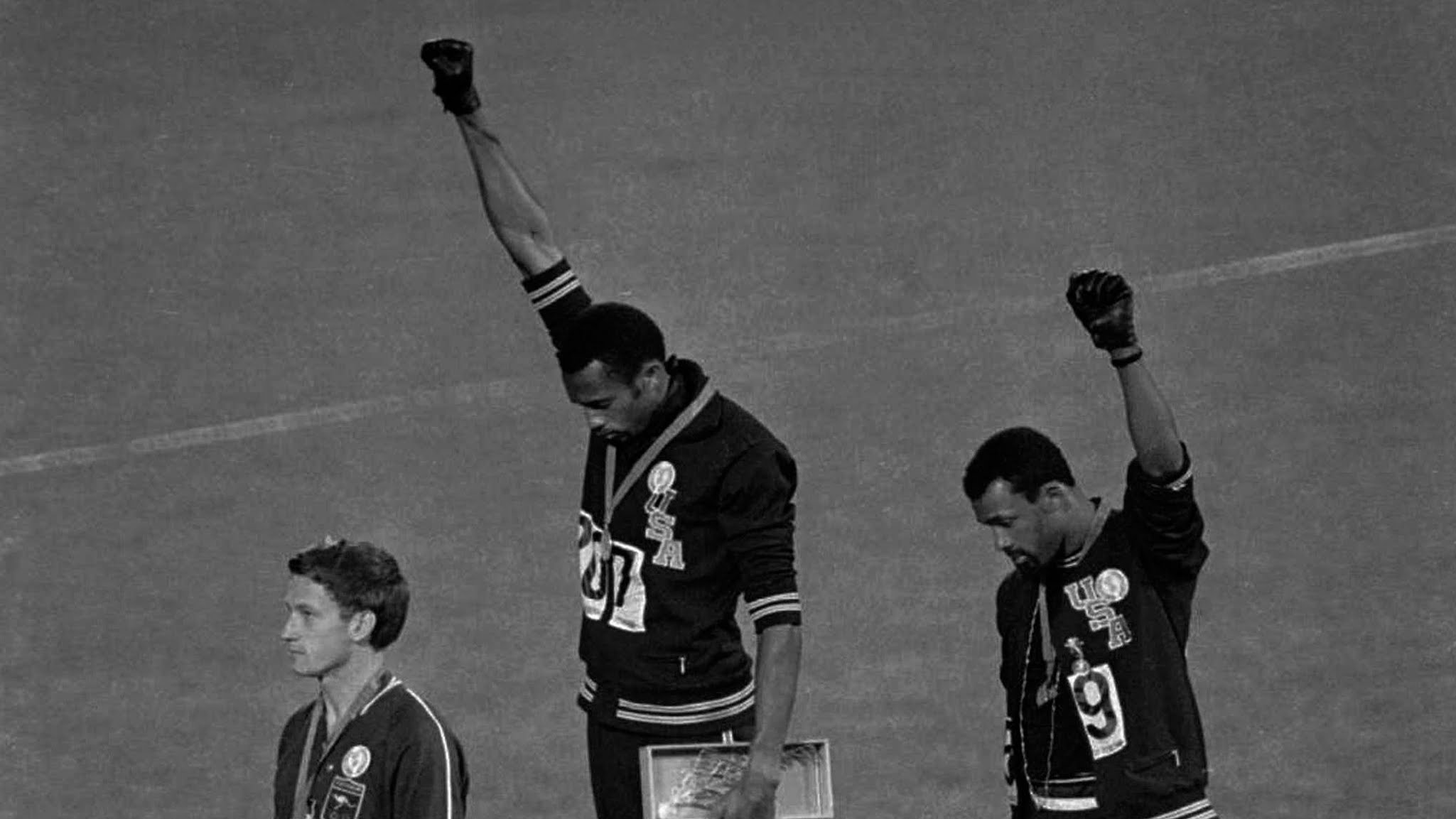



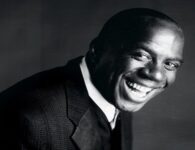
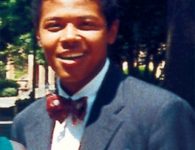


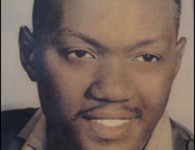
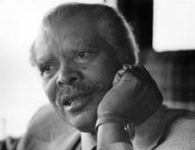



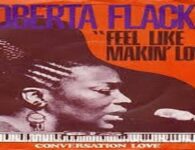
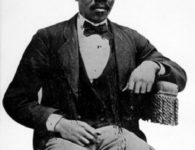
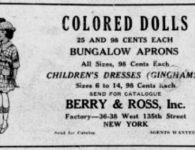
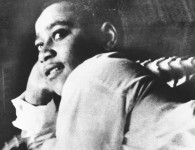
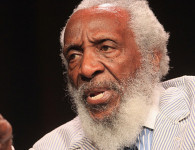
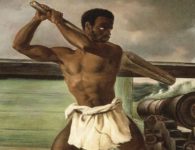

No comments